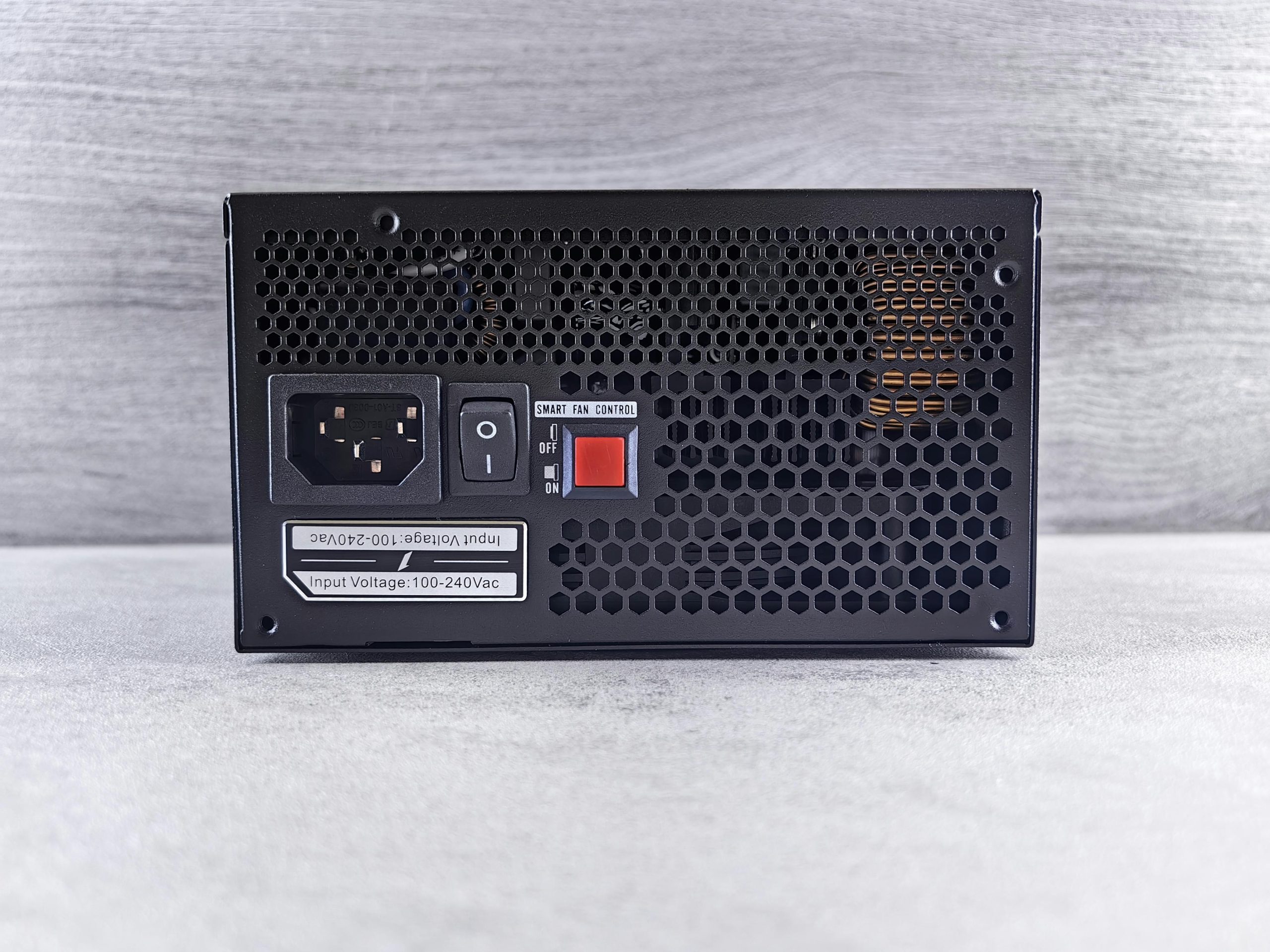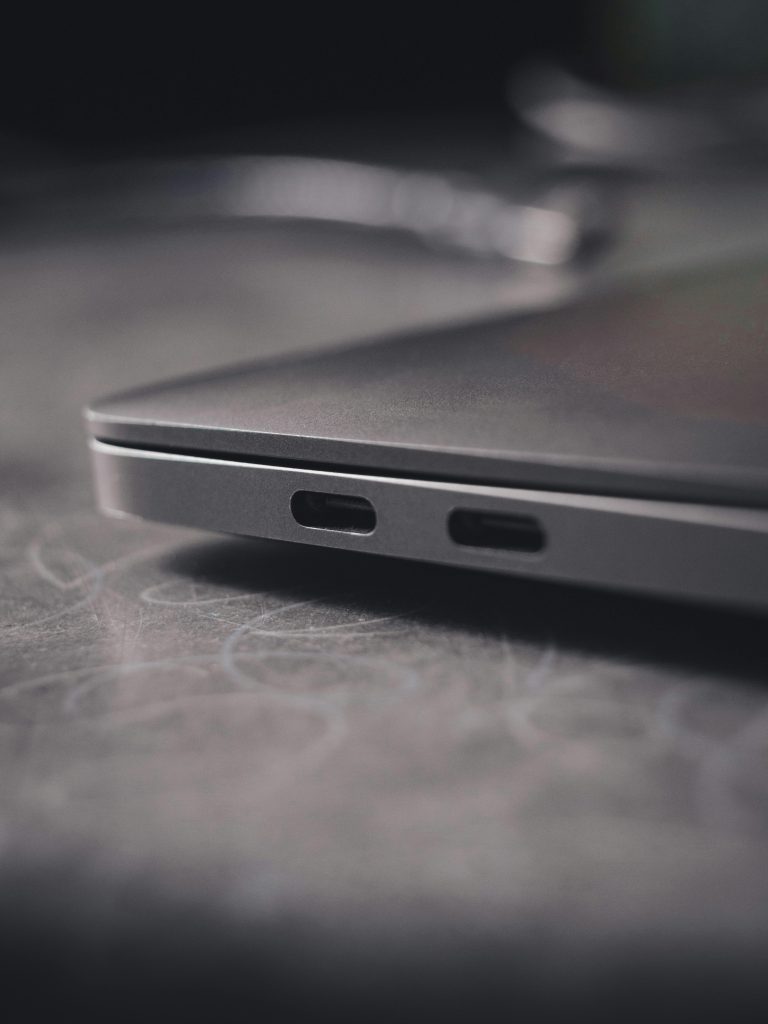Troubleshooting a Six-Year-Old PC Experiencing Power Cycling Issues During BIOS Startup
Introduction
Experiencing hardware issues with your PC can be concerning, especially when they manifest as irregular power behaviors. If your computer, which has served you reliably for six years, is now turning on, then off, then on again during BIOS initialization, you’re not alone in facing this challenge. This article aims to provide a comprehensive overview of potential causes and practical solutions to resolve such startup issues.
Understanding the Issue
In this scenario, the PC powers up, displays BIOS information, then powers down for a moment before restarting. Notably, the BIOS screen prompts switching to RAID mode, even though no RAID configuration is set. The user has already replaced the CMOS battery, ruling out simple BIOS reset issues.
Potential Causes and Solutions
- Power Supply Unit (PSU) Malfunction
- Cause: Over time, PSUs can degrade, leading to inconsistent power delivery.
-
Solution: Test the system with a known-good power supply if available. Alternatively, consider replacing the current PSU to see if stability improves.
-
Motherboard Hardware Issues
- Cause: Components such as the motherboard’s capacitors or voltage regulators might be failing.
-
Solution: Inspect the motherboard visually for bulging or leaking capacitors. If present, professional repair or replacement may be necessary.
-
BIOS Firmware Corruption or Settings
- Cause: BIOS corruption or misconfigured settings can cause irregular startup behavior.
- Solution: Attempt to reset BIOS settings to default:
- Disconnect power and remove the CMOS battery.
- Wait for 10-15 minutes to ensure CMOS memory clears.
- Reinstall the CMOS battery, then power on.
-
Consider updating the BIOS firmware to the latest version from the motherboard manufacturer’s website, which may resolve underlying bugs.
-
Storage Devices and Firmware Settings
- Cause: The BIOS message prompting to switch to RAID mode suggests a misconfiguration or residual settings from previous configurations.
-
Solution: Access BIOS, navigate to storage or disk management settings, and verify that the SATA mode is set appropriately (e.g., AHCI instead of RAID, if RAID is not used). If RAID options appear but are unnecessary, disable RAID configuration.
-
Peripheral and Hardware Compatibility
- Cause: Newly connected peripherals or hardware modifications can sometimes cause boot issues.
Share this content:

